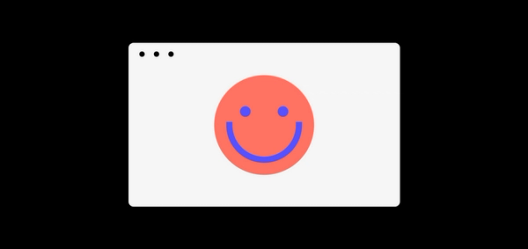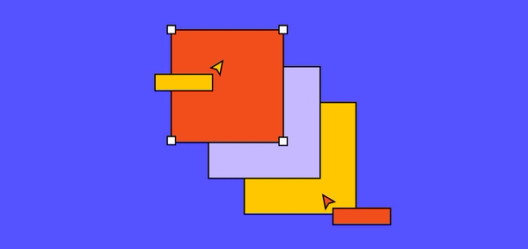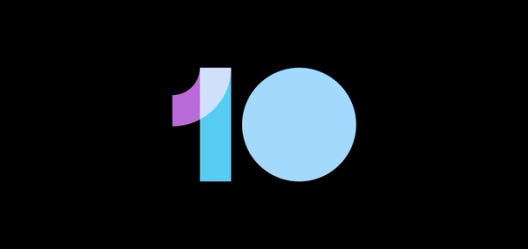18 designers predict UI/UX trends for 2018


A designer’s obsession always circles back to one simple question: How can we improve the user’s experience?
Designers are always looking toward the future — in our “build and ship it now” industry we’re programmed to iterate ad finitum. In the end, a designer’s obsession always circles back to one simple question: How can we improve the user’s experience?
With that in mind, Figma asked 18 designers what UI/UX trends they predict for 2018. December, with its flurry of holiday parties, cheery OOO auto-replies and introspective weather patterns, provided the perfect opportunity to pause and survey the landscape.
Designers were culled from a few different sources: those who attended last month’s Figma sponsored design systems dinner, speakers at this year’s Clarity Conference and friends of the Figma family. You’ll read through opinions from designers who work anywhere from Facebook to Google to Airbnb. We even crowdsourced Twitter, receiving 61 thoughtful responses that were much appreciated.
Like a collective hive brain, many designers touched on similar topics, from accessibility and ethical accountability, to collaborative design.

1. Accessibility will be first, ego second
I really hope 2018 is the year designers commit to designing with accessibility in mind. We need to stop using ultra light grays for essential elements, we need to stop animating every single pixel just because it looks nice, and we need to stop making it harder on people to understand the content of a page only because we want to prove ourselves as designers.
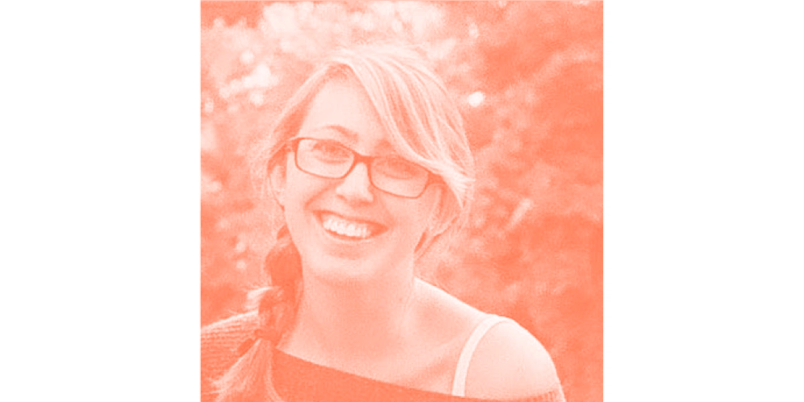
2. Collaboration in design will echo engineering
Whether or not designers code, I think that design teams will start to collaborate a lot more like engineering teams. That might include design reviews akin to code reviews, design tools that function like code linters, or an uptick in open source design patterns. What would software be like if all open source engineering projects had design equivalents driving industry standards in user experience or information design?

3. Designers will focus on ethics
My hope is UX/UI designers become more aware of their influence in 2018 and take into greater account the ethical ramifications of their design choices for the people that use their products.

4. Designers will lean too heavily on the industry standard
Unfortunately I predict increased reliance on prescribed design systems (I.e. Material, Fluent) without questioning them.
Johan Ronsse, UI/UX Designer and Partner at Mono Design
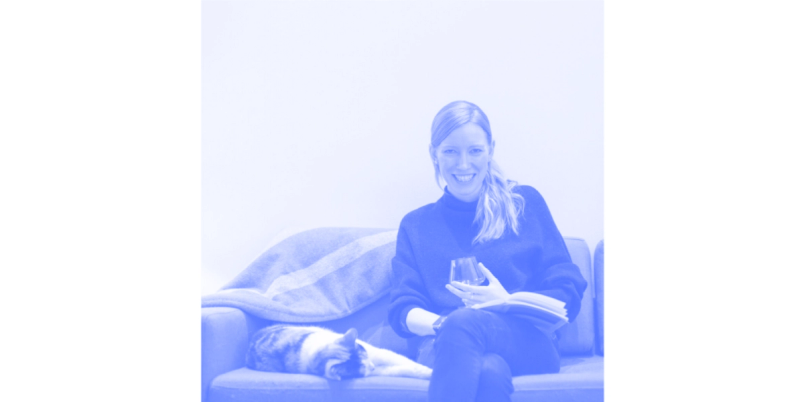
5. With great efficiency comes great responsibility
In 2018, I think we’ll see design and development tools continue to converge, with more centralized tools helping to design and build systems to work with whatever technology or platform you need. We’ll see CSS grid, custom variables, and frameworks like Vue and React bring new possibilities and greater efficiencies to design implementation — I hope this creates the space to spend more time designing responsibly, and building more inclusive experiences.
Diana Mounter, Design Systems Manager at GitHub

6. We’re going to ignore the one trend we all need
The one trend we all need, but is not likely to take the industry by storm or even make headlines, is design for accessibility and inclusive design. There’s a lot of work in that area and barely anyone wants to touch it. #accessibility
Matthew Morek, UI/UX Design Consultant

7. Design will be a major player in social change
Design that matters most is design that solves real human problems. Forward looking, I see design playing a major role in how we tackle the big, nasty issues in society. Design will become more political, more accessible, and a toolset that affects real change.
Michelle Morrison, Design Program Manager at Facebook

8. Design tools will make a designer out of everyone
Modern design tools will become approachable enough that more people will be able to contribute to the design process on a level-playing field. We’ll think of “designers” less as an isolated role, but as a thing many people contribute to.
Noah Levin, Design Manager at Figma

9. Jason Schwartzman said it best
Can I quote I Heart Huckabees? The interconnection thing is definitely for real.
Zachary Gibson, Material Design Creative Lead at Google
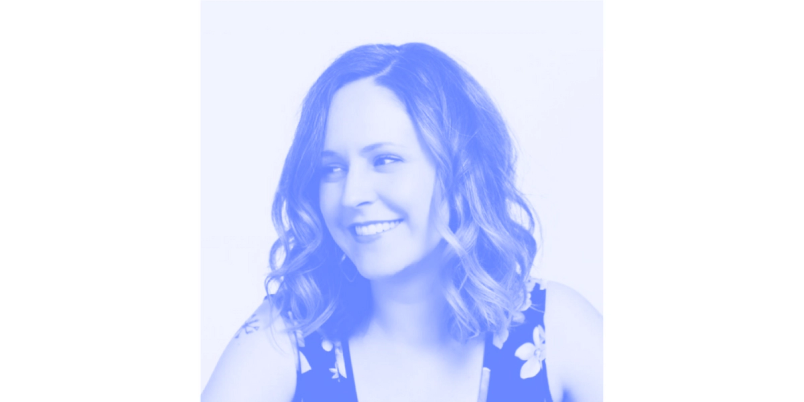
10. Time to check your ego at the door
We’ve given the word “empathy” a lot of deserving fanfare in the last few years, and next we’ll need to add to that rally-cry with ‘ego-less.’ Many still find it uncomfortable to invite “non-designers” into their headspace and discover that their best design is ultimately 90% (or more) other peoples’ input and 10% (or less) their own ideas, but the most successful teams and companies have known this about design for a long time.
Nicole Tollefson, Lead Designer at Atlassian Buyer Experience

11. People skills will matter more than ever
It’s becoming increasingly critical to hone our people skills — the stuff that persists amidst so much change. This means we’ll listen and collaborate more with each other; ensure diverse, cross-team voices are present and heard throughout our work; and cultivate optimal environments for optimal performance. Underneath every tech problem is a people problem.
Josh Silverman, Design Producer at Twitter
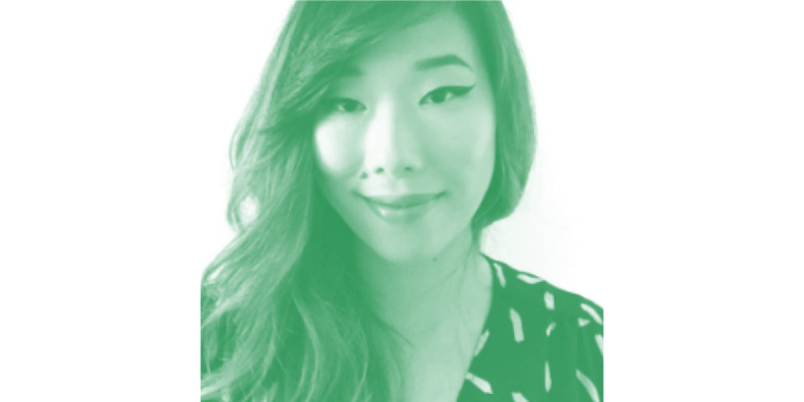
12. It’s time to dynamically react to the environment
I see future designs integrating the real world in a big way. Whether that’s through hardware sensors, alternate reality, or context-driven UI — designers will understand design lives outside of a screen. Designs will dynamically react to the environment around them and will take full advantage of hardware capabilities.
Linda Dong, Design Manager at Lyft

13. Better design tools will lead to better branding through design systems
As tooling catches up to the prevailing winds of design systems, it will be easier to collaborate and evolve the expression of a brand through a design system. This will allow designers to work at a higher fidelity earlier in the product process — improving decision making and lowering the cost to produce great digital work.
Lucas Smith, Design Technologist at Airbnb

14. Design systems will serve people, not products
The next monumental shift in design requires us to think of design systems as a service and not a product. We tend to think of a design system as a “product serving products,” but I think that does a disservice to the relationships, negotiation, compromise, and human interaction that makes working on systems so challenging and rewarding.
Daniel Eden, Product Designer at Facebook

15. Design systems will only grow in importance
We will continue to see the rise of design systems in response to scaling design teams, templatization, and increased reliance on machine learning and AI-based content. Designers will add procedural literacy and algorithmic thinking to their skillsets to meet the needs and manifest the desires of people.
Jerel Johnson, Sr. Product Designer at Backpack Health

16. Flat design will no longer be a focus
I think we’ll see a lot more creativity in interfaces in the coming year as we move away from flat design, with interaction and accessibility in mind.
Una Kravets, Sr. UI Engineer at DigitalOcean

17. Design systems will bridge the gap across departments
Design trends for the next year will definitely include, just like this year, an uptick in design systems. More and more companies are learning the benefits of systemizing design, especially how it bridges the gaps between product, design, and engineering. Also, I feel like 3D modeling and 3D visualizations are continuing to grow in popularity. I can imagine showing depth in UI will be trendy as a result of that.
Isha Kasliwal, Senior UI/UX Designer/Developer at Twitch

18. Improvements in CSS will affect web design in surprising ways
There’s a lot to be excited about in CSS — integrating new tools, like Grid and Custom Properties, with existing features like Calc and Viewport Units. Modern CSS allow a new level of interaction, responsiveness, and data-visualization that previously required extensive Javascript involvement. I’m excited to see what new trends grow out of that technology.
Miriam Suzanne, Designer and Developer at OddBird


